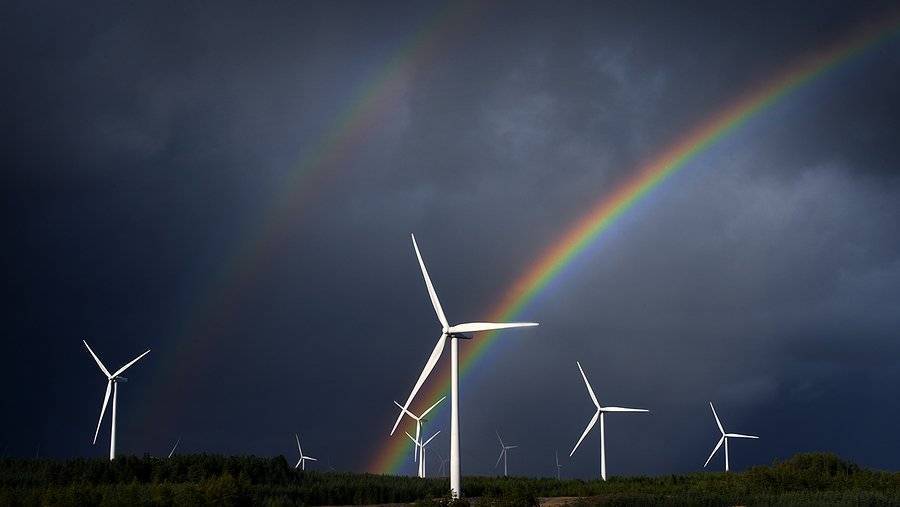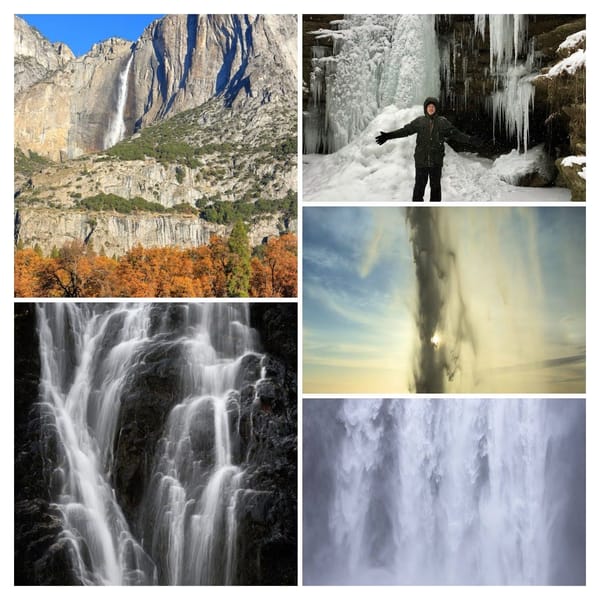Five Facts About : Rainbows
My heart leaps up when I behold a rainbow in the sky

“My heart leaps up when I behold a rainbow in the sky” – William Wordsworth
Rainbows have appeared in literature for thousands of years, in the book of Genesis they were part of the story of Noah and a sign of ‘God’s covenant to never destroy all life on earth with a global flood again.‘ and in Norse mythology the rainbow bridge Bifröst ‘connects the world of men and the realm of the gods’.
Rainbows have inspired poets (Wordsworth), politicians (Nelson Mandela and the ‘rainbow nation’ and even technology giants (the ‘Apple’ logo)
That being said, most of us just love the colours. So here we go with five facts about rainbows and some pretty pictures! Leave your own rainbow photos in the comments or Tweet them to us @StormHour
- Rainbows are caused by the reflection and refraction of sunlight as it passes through water droplets. This causes a spectrum of light to appear in the sky.
- Rainbows can be full circles. If you can get up high enough, you can see a full circle rainbow in all its glory, so pilots are the most frequent observers of this phenomenon.
- The higher the Sun the flatter the rainbow. When the Sun rises more than 42 degrees above the horizon the rainbow disappears altogether. So to see a rainbow at its greatest arc wait until the Sun is close to the horizon.
- As a result of fact three rainbows are more common in the mornings and afternoons, less common in summer, and more common in mid and high latitudes than at the tropics.
- There are also moonbows and fogbows. As their names suggest moonbows occur at night and tend to be very faint, whereas fogbows are caused by sunlight striking water droplets in fog and they are generally colourless.






